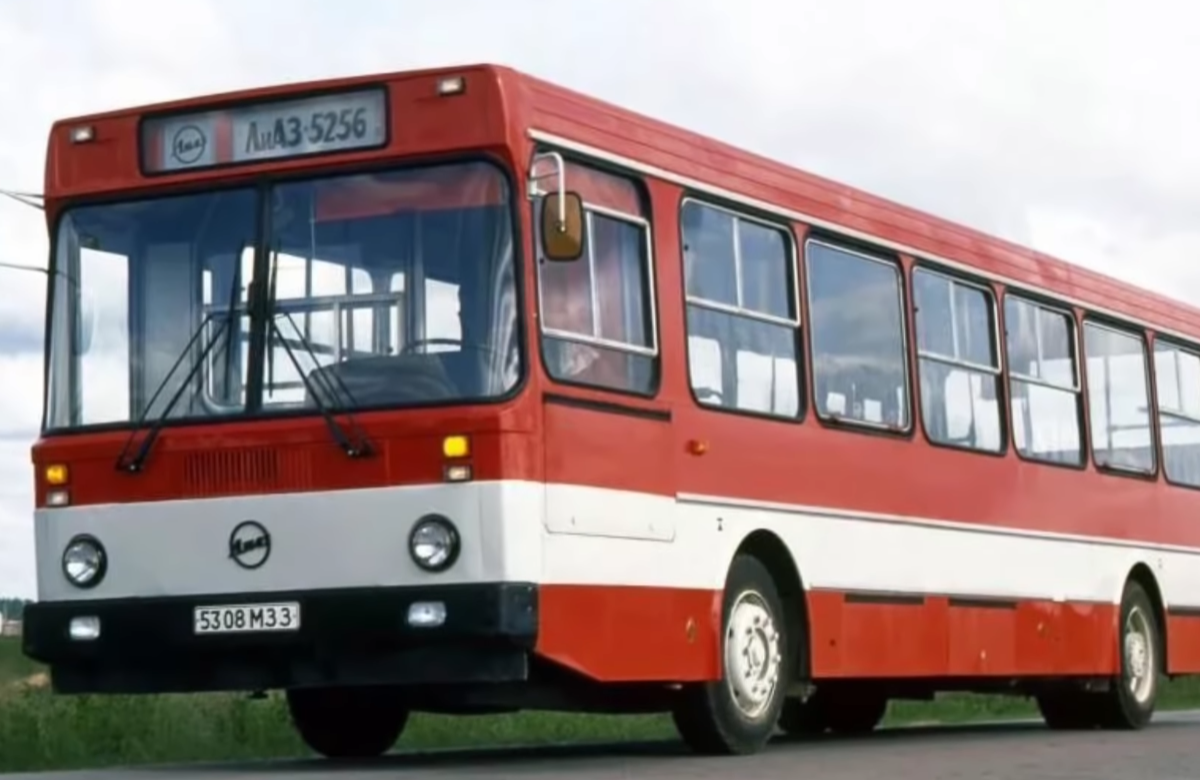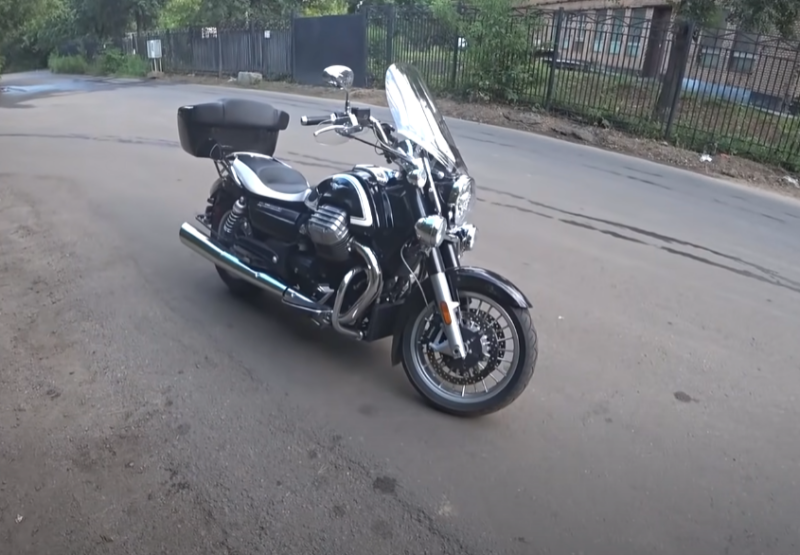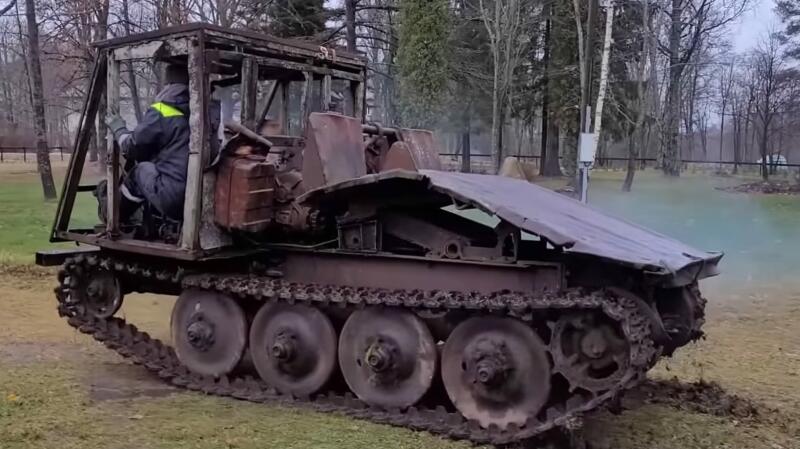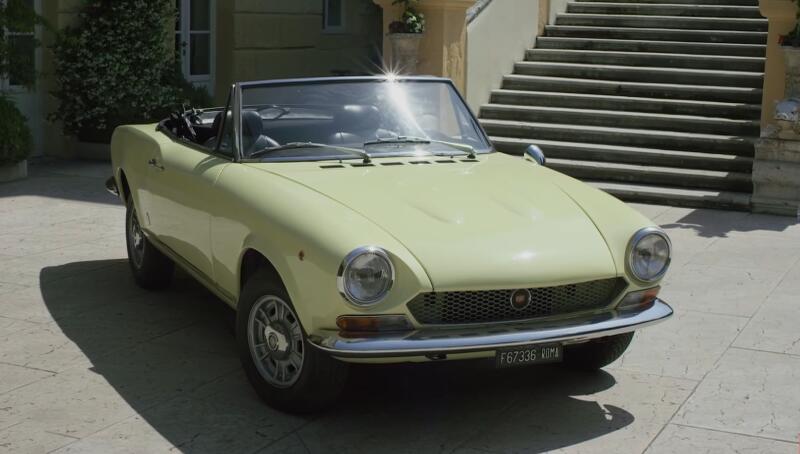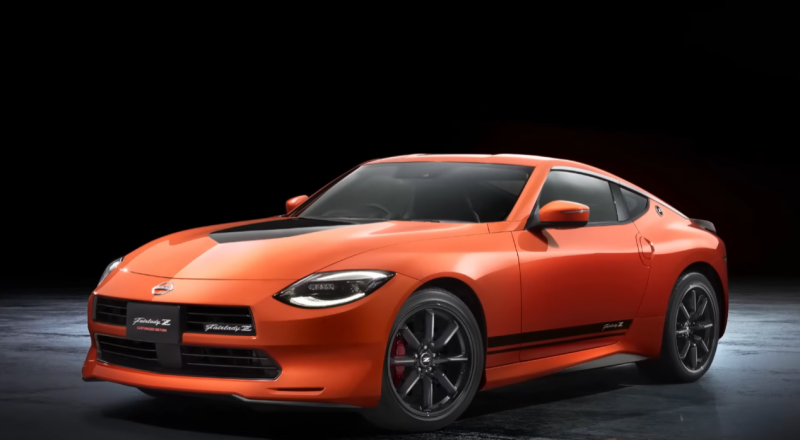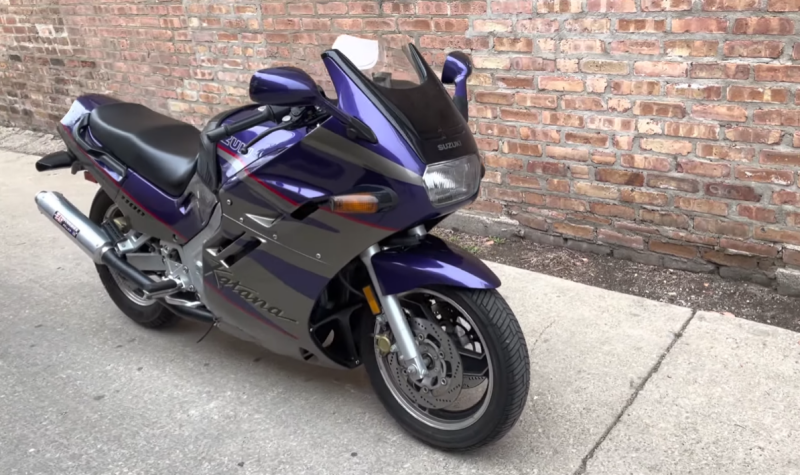The model, which in the 1980s even against the backdrop of Ikarus looked fresh and modern, and in the 90s was already commonplace, was produced at the Likinsky plant, where spare parts for it are still produced. LiAZ-5256 could not achieve such a mass character as the Lunokhod model 677, but passengers still remembered it - it looked unusual and modern.
But most importantly, the bus was fast. The KamAZ engine, and then Caterpillar, accelerated this technique with such dynamics that Ikarus, LAZ-695, and even more so LiAZ-677 never dreamed of.
The story of
The development of a new model of city bus in the Soviet Union began around the mid-1970s. By that time, only a couple of years ago, it was possible to transfer the LiAZ-677 to the conveyor and ensure its large-scale production. But even earlier it became clear that there are not enough such buses in big cities. The designers made a mistake in the calculations - it was necessary to initially develop models with a larger capacity.
 Intercity modification of the bus. Photo: Youtube.com
Intercity modification of the bus. Photo: Youtube.comIt was precisely because of the cramped Soviet LiAZ and LAZ buses that the country had to massively purchase the Hungarian Ikarus, which had been supplied to the USSR since the late 1960s. The creation of a new, spacious model with a powerful diesel engine should have solved this problem.
The bus began to be developed by the design and experimental institute, it was a whole family.
As part of the project, it was planned to produce several models of buses:
- ? Urban
- ? Suburban
- ? Tourist
From the idea to direct work, they moved only towards the end of the 1970s. There was no critical need for such buses for the USSR - Ikarus were delivered to the country regularly.
 Rare mobile dining room. Photo: Youtube.com
Rare mobile dining room. Photo: Youtube.comThe first prototype LiAZ-5256 was assembled in 1979. Then they were finalized for several years, getting rid of design flaws. In 1985, the manufacturer has already managed to assemble an experimental batch of city cars.
They were operated on routes in a number of Soviet cities. If we analyze the geographical location, it becomes clear that the buses were tested in different climatic conditions.
Structurally, the LiAZ-5256 has much in common with the Ikarus series 412/415 - this is a similar large-section modern scheme for that time. If we compare the early Ikarus-412 with the experimental buses of the Likinsky plant, they are outwardly similar. Even the attachment points for the engine provided for the installation of not only KamAZ-740, but also Raba-MAN.
The tests were successful and mass production began in 1986. Gearboxes were originally planned to be installed only hydromechanical automatic. But they turned out to be problematic, so in the Soviet Union, only manual gearboxes were installed on all serial LiAZ-5256. Automatic machines began to be installed towards the end of the 1990s.
Starting in 1989, the model began to be produced in large series and delivered to bus fleets of various Soviet cities. Only the car was not popular in the first years. The models were “raw”, but the main reason is ignorance of the design features and the lack of used spare parts that can be removed from a bus that has served its resource.
 The process of galvanic treatment of the body frame. Photo: Youtube.com
The process of galvanic treatment of the body frame. Photo: Youtube.comDrivers of LiAZ-5256 also initially did not like it, especially those who worked in the city. The manual transmission, functioning in conjunction with the KamAZ engine, was poorly suited for dense city traffic.
Production volumes gradually increased, but the collapse of the Soviet Union left the plant with almost no orders. Although buses continued to be bought, volumes fell dozens of times. The last blow was delivered by a fire at KamAZ, after which the supply of inexpensive engines ceased. In 1996, the production of the model was curtailed due to lack of finances.
By the beginning of the XNUMXst century, production was modernized and resumed. These were cars of a completely different level - with YaMZ, Cummins, Caterpillar engines and automatic transmissions from Voith.
In 2003, the bus was subjected to external restyling.
In 2005, a new LiAZ-5293 appeared. He was able to press the centenarian on the conveyor, but due to the higher price, he was not popular. At the same time, the second restyling of LiAZ-5256 was carried out, after which it received the front part from model 5293. This bus was produced until the end of production in 2021.
Features of the model
LiAZ-5256 is a city bus with a high passenger capacity. The first models were not reliable, but after the modernization of the plant, they began to be in demand not only in Russia, but also in other countries of the former Soviet Union.
 Spacious salon LiAZ-5256. Photo: Youtube.com
Spacious salon LiAZ-5256. Photo: Youtube.comBuses with foreign engines and automatic transmission fell in love with drivers - unlike Ikarus and LAZ, it was easier to drive them. After the model became mass, public transport enterprises also willingly took it. The main advantage of LiAZ-5256 over competitors of the same class was its low cost.
The main disadvantage of the model was considered to be the high fuel consumption of domestic YaMZ and KamAZ-740 engines. The latest motors were disliked because of their constant "snot".
Moscow refused to buy LiAZ-5256 until they began to be equipped with foreign-made engines.
Old buses often had problems with exhaust gases penetrating into the passenger compartment.
Salon
The main difference between LiAZ-5256 and other Soviet buses is a spacious interior designed for 117 passengers. There were only 23 seats inside, the rest were standing.
The interior was ventilated through skylights and side windows. Air conditioners were not installed on LiAZ-5256 - only on long-distance modifications of this line.
 This design has migrated to most modern models of city buses. Photo: Youtube.com
This design has migrated to most modern models of city buses. Photo: Youtube.comIt is difficult to call a bus comfortable for passengers - it is the brainchild of the late USSR, designed for maximum passenger traffic, and it remained so until the end of production in 2021.
Technical features
The body of the LiAZ-5256 is load-bearing, wagon type with double-leaf swing doors. Body length - 11 mm with a wheelbase of 400 mm.
Brakes on all wheels are pneumatic drum brakes. There are parking and auxiliary systems. The main self-adjusting brakes were moody. This shortcoming was eliminated only closer to 2000. And in general, the models of the first years of production had a lot of flaws, for which they were not loved.
 Three-door modification of LiAZ. Photo: Youtube.com
Three-door modification of LiAZ. Photo: Youtube.comThe engines on the city bus were immediately installed KamAZ-740 with a capacity of 240 liters. With.
Then foreign-made power units appeared. They were trouble-free, but the repair costs differed by an order of magnitude, and the cost of the bus increased.
The maximum power of foreign-made engines installed on the LiAZ-5256 is 340 hp. With. More efficient engines were not installed on a budget city bus - this would increase the cost of equipment.
LiAZ-5256 are still found on suburban routes, but the time of this model is gone. But these buses are remembered by millions of Russians and residents of the CIS - for decades they traveled in them to work, on personal matters, and even on dates.
